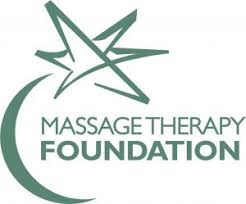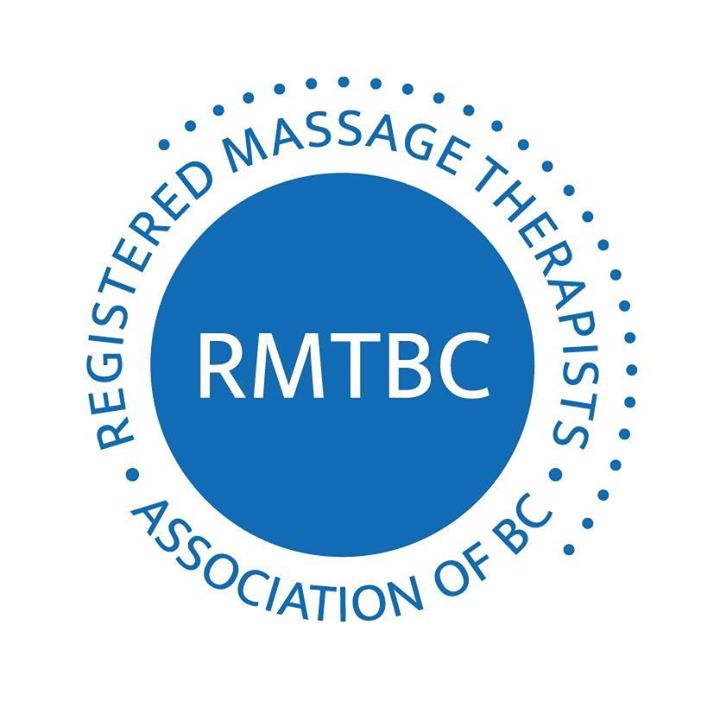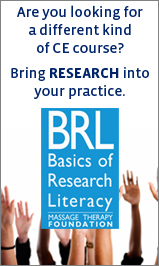Effect of Facial Massage on Static Balance in Individuals with Temporomandibular Disorder – a Pilot Study
Keywords:
temporomandibular joint disorder, postural balance, physical therapy modalities
Abstract
Introduction: The influence of the neuromuscular system on the cervical region and mastication is directly associated with mandibular movements and neck posture. Normal occlusal homeostasis depends on complex sensory feedback mechanisms of the periodontal ligament, temporomandibular joint and other structures of the stomatognathic system. This feedback serves as a regulatory mechanism that helps determine the force and nature of muscle contractions. Alterations in the muscles of mastication, neck muscles, and occlusal characteristics constitute causal factors of imbalances in the postural muscle chains, leading to alterations in the center of pressure (CoP) of the feet. Thus, therapies that seek occlusal reestablishment, such as muscle relaxation techniques, may lead to a restructuring of the global equilibrium of the neuromuscular system and an improvement in body posture. Purpose: The aim of the present pilot study was to investigate the immediate effect of facial massage on the CoP in the anteroposterior (CoPAP) and mediolateral (CoPML) directions in individuals with temporomandibular disorder (TMD). Methods: Twenty individuals with a diagnosis of TMD based on the Research Diagnostic Criteria for Temporomandibular Disorders (RDC/TMD) were submitted to a facial massage technique. CoPAP and CoPML were evaluated using a force plate. Evaluations were performed under two visual conditions (eyes open and eyes closed) prior to resting in dorsal decubitus (baseline), after 10 minutes of rest (premassage) and after the administration of the massage technique (postmassage). Results: No significant differences were found regarding CoPAP velocity with eyes open or the following aspects under either visual condition (eyes open or closed): CoPML velocity, RMS of CoPAP, RMS of CoPML, and sway area. The only significant difference was found for mean CoPAP velocity with eyes closed. Conclusions: While the results of the present study demonstrate the reliability of the reproduction of the data, facial massage had no immediate influence on postural control in individuals with TMD.Downloads the last 12 months
Download data is not yet available.
Published
2013-09-24
How to Cite
El Hage, PT, MSc, Y., Politti, PT, PhD, F., Herpich, PT, MSc, C. M., Souza, DMd, MSc, D. F. M. de, Gomes, PT, MSc, C. A. F. de P., Amorim, EEc,PhD, C. F., Gonzalez, PT, PhD, T. de O., & Biasotto-Gonzalez, PT, PhD, D. A. (2013). Effect of Facial Massage on Static Balance in Individuals with Temporomandibular Disorder – a Pilot Study. International Journal of Therapeutic Massage & Bodywork Research Education &Amp; Practice, 6(4), 6–11. https://doi.org/10.3822/ijtmb.v6i4.208
Issue
Section
Research





.png)





